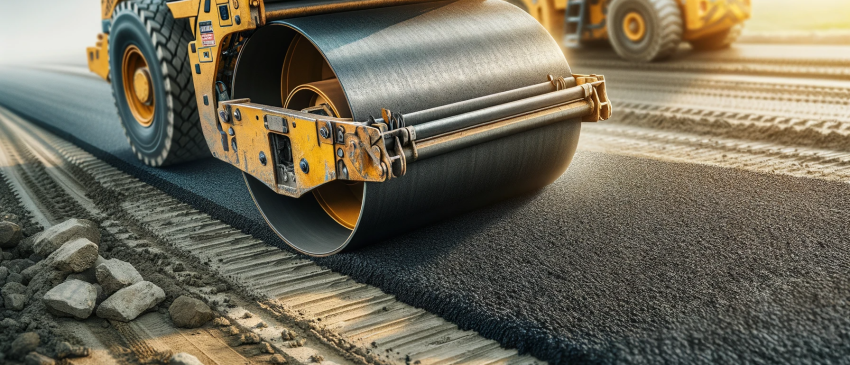Title: Navigating the Road Ahead: Choosing the Best Materials to Replace Your Dirt Road
Introduction: In the quest to upgrade from a traditional dirt road, several materials stand out as popular choices. Each offers unique benefits, catering to different needs and environments. In this blog, we’ll explore these materials, focusing on asphalt, road millings, concrete, and other alternatives, to guide you in making an informed decision for your road replacement project.
Asphalt: The Flexible Choice
- Overview: Asphalt, a mixture of aggregates and bitumen, is renowned for its flexibility and durability.
- Benefits:
- Weather Resistant: Performs well under various weather conditions.
- Smooth Surface: Ensures a comfortable and quiet ride.
- Cost-Effective: Asphalt is generally more affordable for larger projects.
- Recyclable: Asphalt is 100% recyclable, making it an eco-friendlier option.
- Ideal for: Highways, urban roads, areas with temperature fluctuations.
Concrete: The Long-Lasting Solution
- Overview: Composed of cement, water, and aggregates, concrete is known for its exceptional longevity.
- Benefits:
- Durability: Withstands heavy traffic and load without deformation.
- Low Maintenance: Requires less frequent repairs compared to other materials.
- Reflectivity: Reflects sunlight, reducing the need for street lighting.
- Versatility: Can be colored or textured for aesthetic appeal.
- Ideal for: Industrial areas, busier urban roads, regions with extreme weather.
Road Millings: The Eco-Conscious Option
- Overview: Road millings are recycled asphalt, providing a sustainable option for road construction.
- Benefits:
- Environmentally Friendly: Reduces landfill waste and conserves natural resources.
- Cost-Efficient: Often cheaper than fresh asphalt or concrete.
- Good Stability: Offers a firm surface that withstands various weather conditions.
- Easy to Install: Can be laid and compacted with minimal equipment.
- Ideal for: Rural roads, private driveways, low-traffic areas.
Other Noteworthy Options:
- Gravel: Affordable, easy to maintain, suitable for low-traffic rural roads.
- Tar-and-Chip: Combines asphalt and stone for a more textured surface, offering better traction and a rustic look.
- Pavers: Ideal for decorative paths, highly customizable, and permeable options for better drainage.
Factors to Consider: When selecting a material, consider factors like:
- Traffic Volume: Heavier traffic demands more durable materials.
- Climate: Materials react differently to temperature and precipitation.
- Budget: Cost varies significantly among different materials.
- Maintenance: Consider the long-term maintenance requirements.
- Environmental Impact: Some options are more eco-friendly than others.
Conclusion: The best material for replacing a dirt road depends on various factors, including budget, traffic, climate, and maintenance capabilities. While asphalt and concrete are popular for their durability and longevity, road millings offer an eco-friendly alternative, and other options like gravel or tar-and-chip provide unique advantages. Consult with a road construction expert to determine the most suitable material for your specific needs.
Call to Action: Share your thoughts or experiences with road construction materials, or contact us for more detailed advice tailored to your project. Let’s pave the way to a smoother, more sustainable future!


No Comments
Be the first to start a conversation